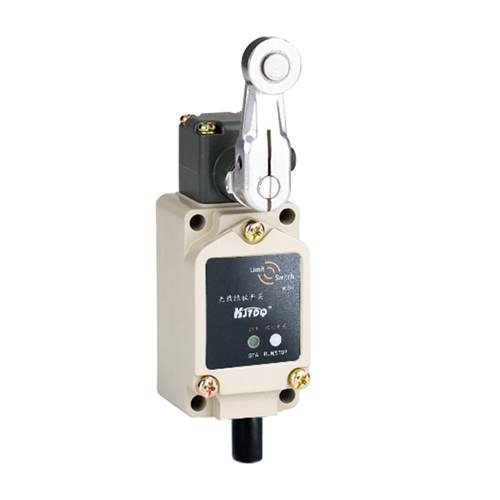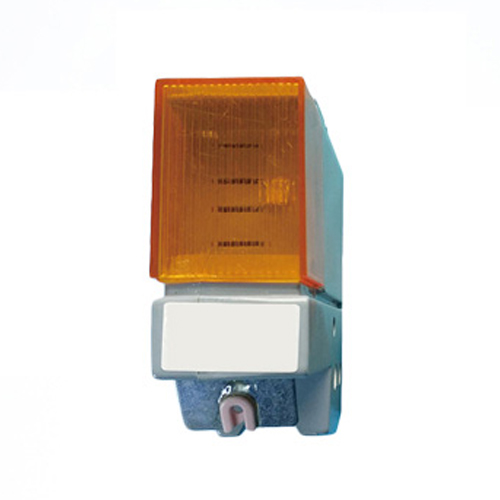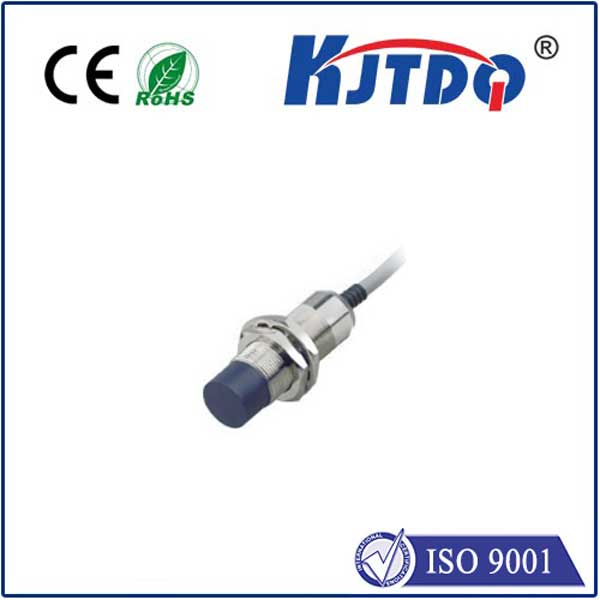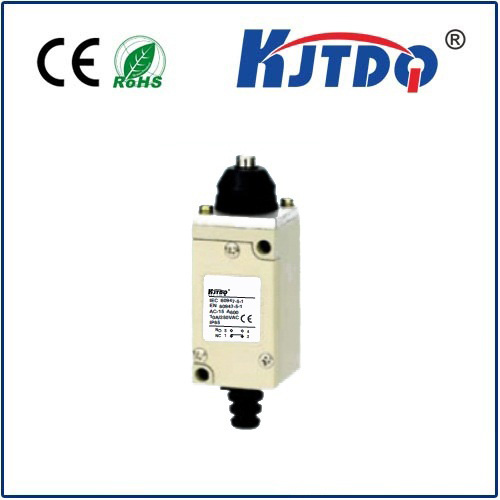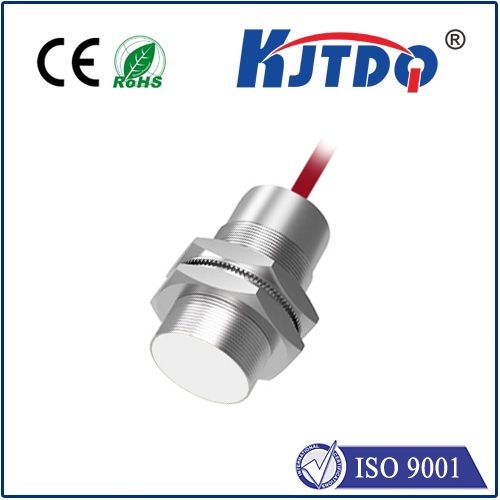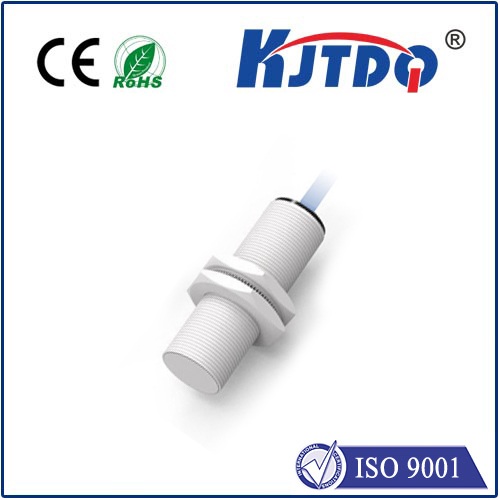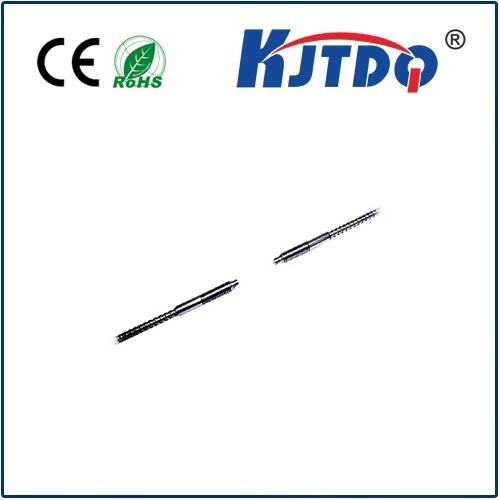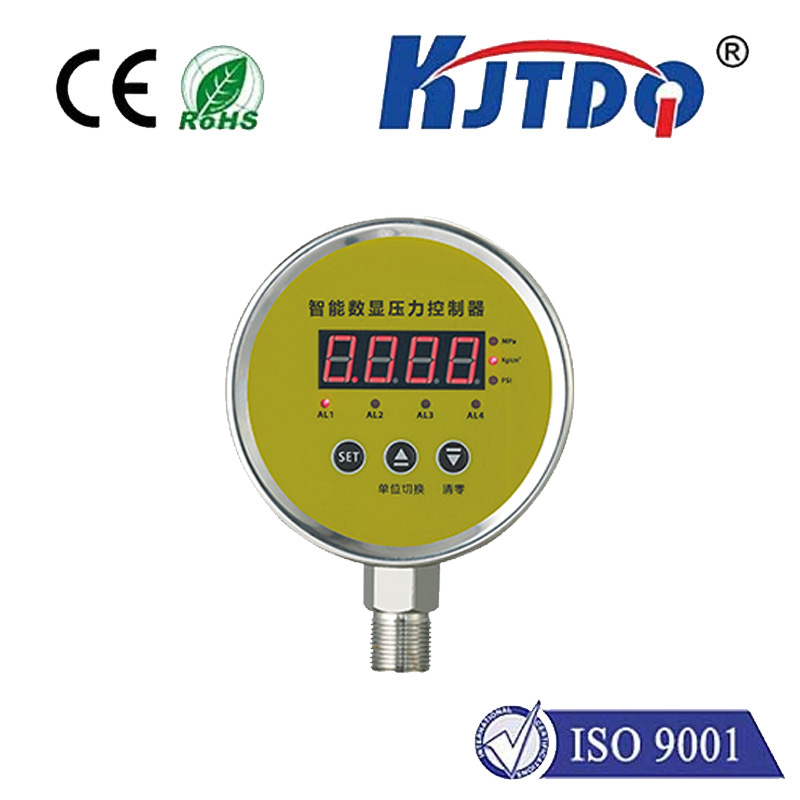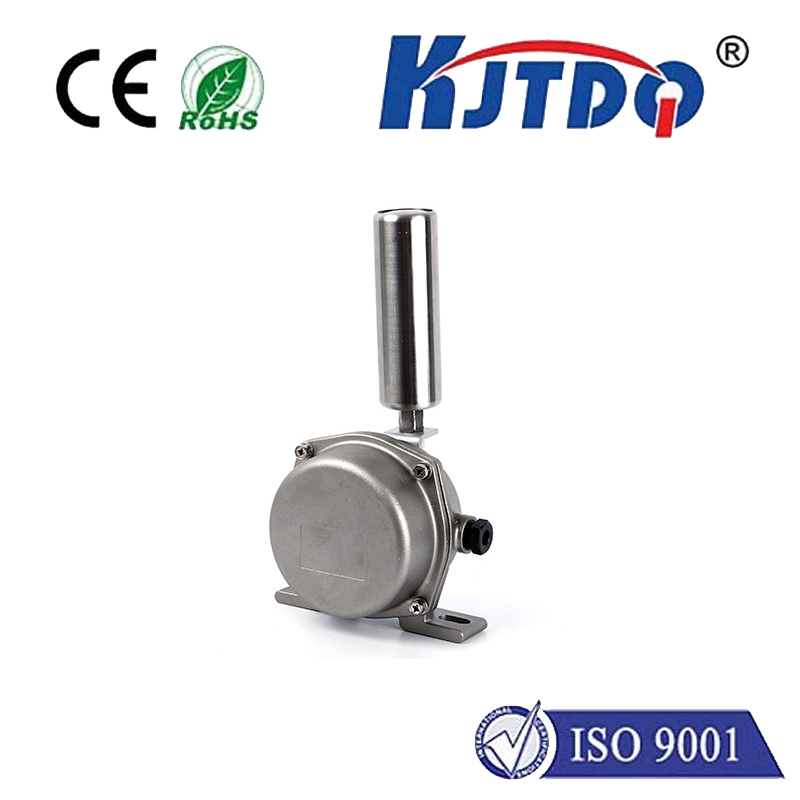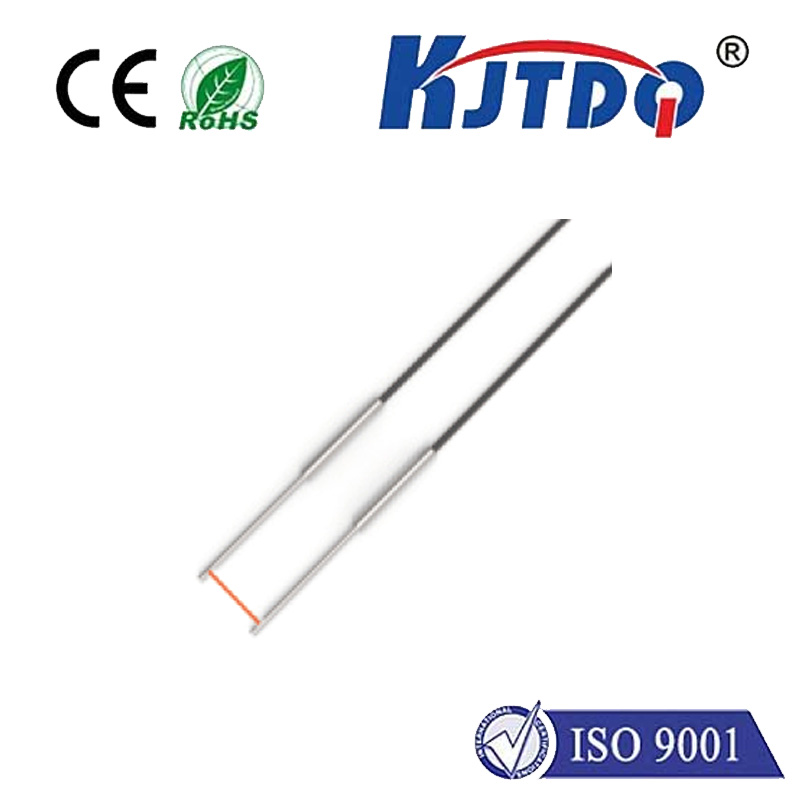BES043Y proximity sensor
- time:2025-10-02 02:54:09
- Click:0
BES043Y Proximity Sensor: Precision Detection for Demanding Industrial Automation
In the intricate dance of modern manufacturing and machinery, seeing isn’t always believing – sensing is. Detecting the presence, absence, or position of objects without physical contact is fundamental to efficiency, safety, and process control. Enter the realm of inductive proximity sensors, workhorses of automation, and within this category, the BES043Y proximity sensor stands out as a reliable solution for specific industrial challenges. Understanding its capabilities and ideal applications empowers engineers and maintenance professionals to optimize system performance.
The Unseen Sentinel: Why Proximity Sensors Matter
Imagine an assembly line humming along. A robotic arm needs to pick up a metal component precisely. A conveyor system must count packages without slowing down. Safety guards must confirm a door is securely closed before dangerous machinery activates. These critical functions rely on sensors detecting objects instantly and reliably, often in harsh environments. Inductive proximity sensors, like the BES043Y, excel in these scenarios. They generate an electromagnetic field and detect disturbances caused by conductive (typically metallic) targets approaching their sensing face. This non-contact operation means no wear and tear, high switching frequencies, and immunity to dirt, oil, or moisture – making them far superior to mechanical limit switches in demanding settings.
Decoding the BES043Y: Key Features and Specifications

The BES043Y isn’t just a generic sensor; its designation points to specific characteristics designed for robustness and performance:
- Inductive Principle: Primarily detects ferrous and non-ferrous metals (like aluminum, brass, copper).
- Embedded Design (Flush Mountable): A critical feature! The BES043Y can be flush-mounted in metal without losing sensitivity. This protects the sensor from physical damage, simplifies installation, and allows mounting directly into machine frameworks or brackets.
- Shielded Design: Further enhances its ability to operate reliably when mounted flush in metal, minimizing the influence of surrounding metallic materials.
- Standardized Housing: Often conforms to common M8, M12, M18, or M30 threaded cylindrical housing sizes (specific size depends on the exact BES043Y variant), ensuring easy integration and replacement.
- Rugged Construction: Typically features a robust metal (e.g., nickel-plated brass or stainless steel) housing and sensing face, offering high resistance to impacts and vibrations common in factories.
- Environmental Resilience: Offers excellent protection against dust and water ingress, commonly rated at IP67 or higher. This allows reliable operation in washdown areas or dusty environments. It also boasts a wide operating temperature range (e.g., -25°C to +70°C is common), suitable for most industrial climates.
- Reliable Electrical Output: Provides a stable PNP Normally Open (NO) or NPN Normally Open (NO) switching signal (specific type is model-dependent), easily interfacing with Programmable Logic Controllers (PLCs), motor controllers, and other industrial control systems. Short-circuit and reverse polarity protection are standard safeguards.
- Precise Sensing Range: Offers a defined nominal sensing distance (Sn), such as 2mm, 4mm, or 8mm (depending on size), crucial for accurate positioning and detection. Consistent repeat accuracy ensures dependable operation cycle after cycle.
Where the BES043Y Proximity Sensor Shines: Prime Applications
The combination of flush mounting, robustness, and reliable inductive detection makes the BES043Y particularly well-suited for numerous industrial tasks:
- Position Verification: Confirming the end position of cylinders, slides, or clamps. Its flush mounting allows it to be securely integrated directly into actuators or machine frames.
- Presence/Absence Detection: Detecting metal parts on conveyors, in fixtures, or passing through processing stations. Immunity to dirt ensures reliability even near cutting fluids or welding sparks.
- End-of-Stroke Detection: Reliably signaling when a moving part (like a piston) has reached its limit, crucial for sequencing and safety.
- Speed Monitoring: Counting gear teeth, sprockets, or other metallic features for rotational speed feedback.
- Door/Gate Monitoring: Ensuring safety guards or access doors are securely closed before machinery starts, often mounted flush within the frame.
- Machine Tooling: Used extensively on CNC machines, lathes, and milling centers for tool positioning, chuck clamping confirmation, and pallet presence detection, thriving in the challenging environment.
- Material Handling: Detecting metal rollers, chains, or parts on automated guided vehicles (AGVs) and robotic transfer systems.
Maximizing Performance: Installation and Usage Tips
To get the best results from your BES043Y sensor:
- Mind the Sensing Distance: Always maintain the target within the specified nominal sensing range (Sn). Remember, factors like target material (steel vs. aluminum), size (must be ≥ the sensor face), and shape can slightly affect the actual working range. Test under actual operating conditions.
- Ensure Proper Mounting: Utilize the threaded housing for secure installation. For flush mounting (which the BES043Y is designed for), ensure the sensing face is level with or slightly recessed within the surrounding metal mounting surface.
- Avoid Interference: Maintain adequate spacing between multiple sensors to prevent their electromagnetic fields from interfering with each other. Consult manufacturer guidelines for minimum separation distances.
- Consider Target Material: While inductive sensors detect various metals, the effective sensing range is reduced for non-ferrous metals (like aluminum, brass, copper) compared to steel. Factor this into your positioning. The BES043Y is optimized for reliable detection across common industrial metals.
- Mind the Environment: Although robust, avoid continuous submersion beyond its IP rating or exposure to extreme chemicals not specified in its datasheet. Ensure the operating temperature stays within its rated range.
- Correct Wiring: Double-check the sensor type (PNP or NPN) and wiring diagram. Connect the brown wire (+V), blue wire (0V/GND), and black wire (output signal) correctly to your PLC or controller input module. Ensure the power supply voltage matches the sensor’s specifications (typically 10-30V DC). Leverage built-in short-circuit protection.
The Advantage of Precision and Robustness
Selecting the right sensor is critical. The BES043Y proximity sensor offers a compelling blend of rugged construction, reliable inductive sensing, and the crucial flush-mounting capability. Its standardized design, environmental resilience (IP67+), and precise performance make it an indispensable component in countless industrial automation setups. By understanding its features – from its shielded design ensuring flush mounting reliability to its robust housing and dependable output – engineers can confidently deploy this sensor to enhance machine efficiency, safety, and uptime. Whether verifying critical positions on high-speed assembly lines or ensuring safety guard integrity in heavy machinery, the BES043Y delivers consistent, non-contact detection where it matters most.






